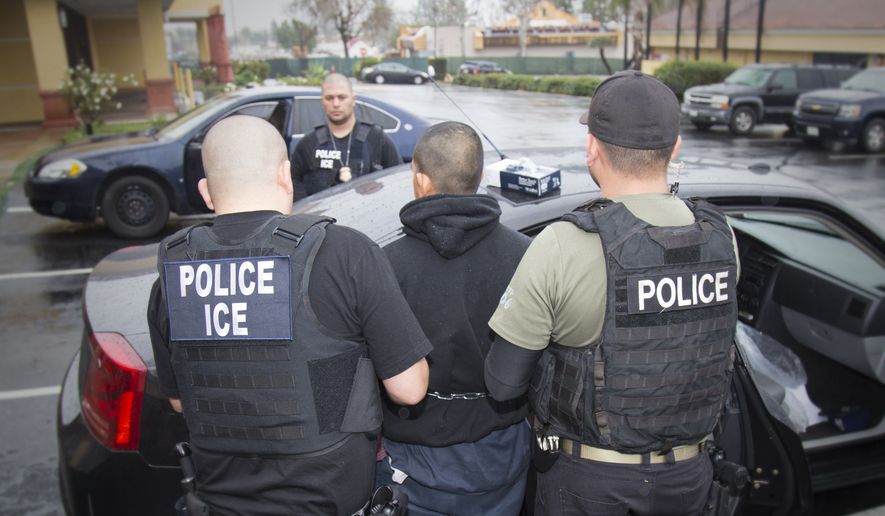Data from the National Crime Victimization Survey says “No.”
This report uses new data from the Department of Justice’s National Crime Victimization Survey (NCVS), the most authoritative survey on crime reporting, to examine the claim that immigrants are less willing than others to report victimizations to authorities. This theory is one of the most frequently cited justifications for sanctuary policies. We find that the most recent data from the NCVS, which previously did not include information on citizenship and foreign birth of victims, does not support the assertion. The combined results of three years of data from this survey collected from 2017 to 2019 show that immigrant victimizations are just as likely, and in some cases more likely, to be reported to police than crimes against the native-born. This was true even though the data was collected in the first three years of the Trump administration, during which time the media and advocacy groups routinely asserted that immigration enforcement had been dramatically expanded. The data also provides insight on why some immigrants and non-citizens might not report crimes, showing that only a tiny number — about 1 percent — said that the reason for not reporting was because of fear of the authorities. There is no evidence in the NCVS data that crimes against immigrants are reported to police at lower rates than crimes against the native-born, indicating that the routine, even active, cooperation between local law enforcement and federal immigration authorities that takes place in most jurisdictions does not suppress crime reporting by immigrants.
Among the findings:
- Sixty-two percent of all serious crimes against all immigrants (citizen and non-citizen) were reported to police, compared with 53 percent of all serious crimes against native-born Americans — a statistically significant difference.
- Fifty-seven percent of serious crimes against non-citizen immigrants (and against Hispanic non-citizens) were reported to police, which is statistically equal to the 53 percent reporting rate for native-born Americans.
- Sixty-one percent of serious violent crimes against all immigrants in the survey were reported to police, compared with 49 percent against the native-born — a statistically significant difference. Fifty-nine percent of all non-citizen victimizations and 62 percent of all Hispanic non-citizen victimizations were reported to police.
--->READ MORE HERE
 |
| Charles Reed/U.S. ICE via AP |
Immigrants report crimes at the same rate as native-born Americans, according to a report that undercuts sanctuary cities’ claims that cooperating with immigration authorities creates a “chilling effect,” making migrants less likely to work with local police on their investigations.
The Center for Immigration Studies used crime victimization data to examine how often Hispanics and non-Hispanics reported crimes and, more precisely for the immigration context, how often citizens and noncitizens reported crimes.
The analysts said, if anything, they found higher reporting among immigrants than native-born Americans. Hispanic immigrants, both citizens and noncitizens, reported 65% of serious violent crimes from 2017 to 2019 compared with 49% of native-born Americans.
The data showed fear of police or deportation wasn’t a significant hindrance. About 1% of immigrant victims said they feared harassment by authorities or were advised not to tell police.
It also didn’t matter whether the immigrants lived in the types of communities most likely to be sanctuaries, the CIS study said. Crime reporting was similar no matter what. --->READ MORE HERE
If you like what you see, please "Like" us on Facebook either here or here. Please follow us on Twitter here.


No comments:
Post a Comment